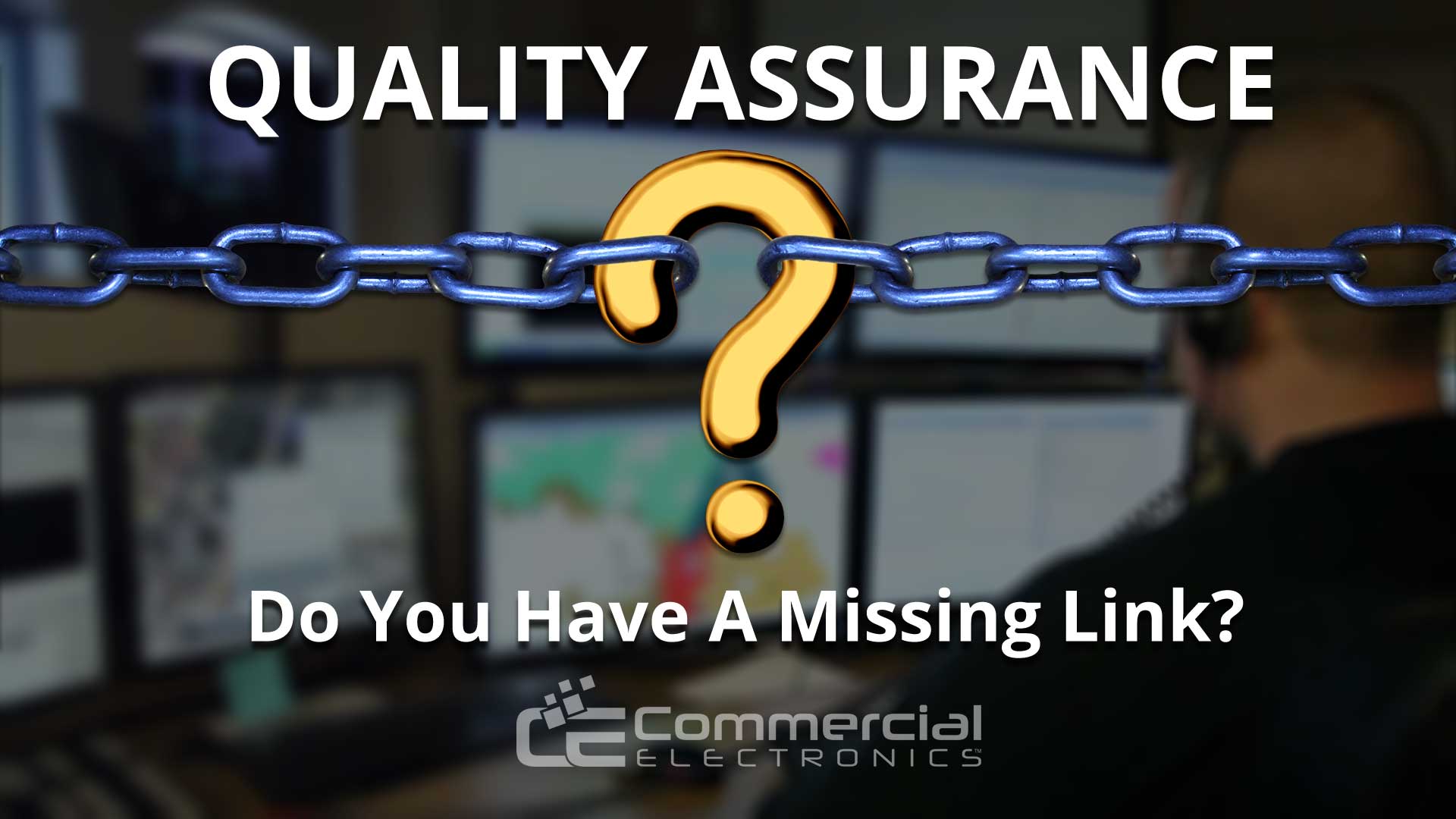It was a cool spring night just after 9 p.m. when the 9-1-1 call came in. On the line, a woman desperately begged for help as she watched her friends being shot to death. While describing the scene to the 9-1-1 operator, she said that her friend had been shot and then provided the address of the location. They were living in a homeless camp in an abandoned barn on the property. As she gave this information, the operator heard a shot in the background along with the voice of the killer saying, “Another one dead”. The operator heard one more shot before the line went dead, presumably the shot that killed the caller.
Officers arrived on scene and searched the area for the victims. They were unable to find anyone.
In that time, another 9-1-1 call was received from a neighboring subdivision. The caller told the 9-1-1 operator that she had heard shots, and mentioned the abandoned barn on the property, suggesting that officers check the location.
Officers were never told about the barn or the fact that shots were heard during the phone call. They also never knew there was an armed subject still in the area.
What was the missing link?
The Difference Between Life and Death
The quality of service you, as a 9-1-1 telecommunicator, provide is extremely important. It can mean the difference between life and death. Mistakes come with severe consequences. As a result, many of your completed tasks pass through Quality Assurance via mandatory double-checks, validations, and audits.
Address Confirmation:
When a citizen calls 9-1-1 for help, the first thing you ask for is the address. After all, if you don’t know where to send help, the rest of the call doesn’t matter, right? Then, after obtaining the address, you confirm the address, either by repeating it back to the caller or having the caller repeat it back to you. That’s one link in your Quality Assurance chain: ensuring you have the correct location.
Phone Number Verification:
Next, you ask for the phone number. If you get disconnected, you want to be able to call them back. You can consider the phone number verified if it matches what the ANI/ALI screen displays. If not, you ask them to repeat the number. Another Quality Assurance link.
Entry Validation for State and National Crime Databases:
For crime reports, there are several QA points between the agency and the state and national databases. For instance, when you enter something/someone as wanted or missing, there are certain steps you take to do Quality Assurance. Every entry is double checked. Every entry is validated annually. The state audits your entries every three years. Again, more Quality Assurance links.
Something is Missing
So, why do calls, like the one above, happen hundreds of times every day?
It’s because of a missing link in the Quality Assurance chain. Many of the calls you handle can mean the difference between life and death. Isn’t quality assurance for 9-1-1 calls and dispatched radio traffic as important as entering property into crime databases?
Here are two examples of where QA can identify a training issue before a tragedy occurs.
Example 1: Avoid a DOA at the Scene
A death occurs because a call taker fails to verify the address displayed on the ANI/ALI screen. Units are sent not only to the incorrect location but also to the incorrect jurisdiction. With regular Quality Assurance, this training issue would have been quickly identified. This death could have been avoided.
Example 2: Avoid Officer Down
A responder gets mortally injured because a dispatcher failed to convey weapons information. With regular Quality Assurance on radio traffic, the responder could return home safely to his family. Again, Quality Assurance could have prevented this tragedy.
The media outrage to either example would be immediate, and the lawsuit inevitable. Which would you rather invest in: Quality Assurance or a lawsuit?
Don’t be Compromised
If you aren’t doing QA on phone calls and radio traffic, consider it. Don’t be compromised by missing this important link in your QA Safety Chain.
You have Resources
APCO/NENA:
In 2015, APCO and NENA released a standard to establish a Quality Assurance and improvement process. This ensures call taking and dispatch procedures deliver the highest standard possible across the board, from state to state, agency to agency. All the steps for creating a Quality Assurance program are readily available to you… what’s stopping you?
Quality Assurance Services:
Do you need assistance to improve or implement your Quality Assurance? Check out CEQUIP from Commercial Electronics. We assist Public Safety Communication agencies with experienced 3rd-Party Call Review, Refined Protocols, Quantitative Results for Coaching and more.
Stay Tuned
Stay tuned for my next discussion in which we will discuss some surprising things QA can reveal about your center. Hint: it’s not all bad!



